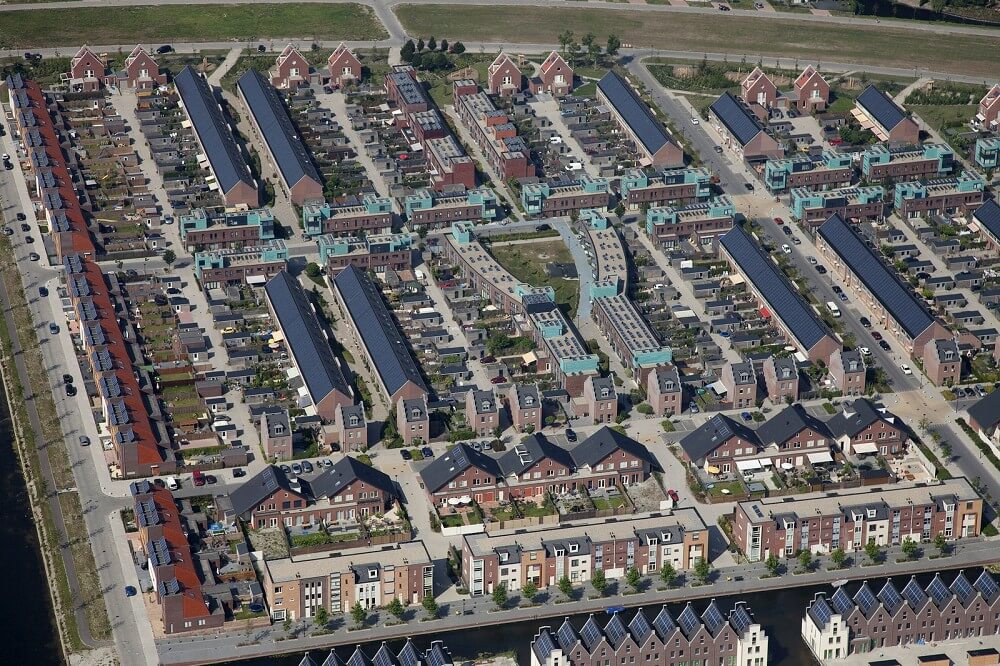Building new Vinex locations is not the answer to young families’ demand for more space and more greenery. Last week, the Central Bureau of Statistics reported that more and more parents with small children decide to leave the big city. Immediately here and there, the Pavlov reaction came from the mouths of the administrators, in order to create new neighborhoods outside the cities. But that would be bad for the countryside as well as for the city. And it is also unnecessary.
Of course, the desire to let your children grow up in a spacious house with a garden and other outdoor space is understandable. It is still possible to live with two people at a height of three, especially if the attractive facilities offered by the big city are to be found in the immediate vicinity. But the housing wishes change quickly when children have arrived. Moving to Zaanstad, Almere or Nieuwegein is the obvious choice. After all, there are affordable spacious homes with often a garden and sufficient leeway.
Keep green space free
However, this is a wrong development. We must be careful with what is left of the greenery in the country, also necessary for other purposes such as food and wood production and recreation and more generally nature. If the drivers are tempted to build large-scale new-build neighborhoods again, there will be too little of the green as a counterweight to the red (buildings) and gray (infrastructure). In addition, provision must be made for public transport, among other things, and traffic congestion by commuting is even more encouraged. Staggered construction also means a further attack on principles of sustainability, such as striving for lower energy consumption. Insufficient social cohesion There is another objection to a new move to large-scale new construction. Due to the monotony of the neighborhoods, the mono-target group that is attracted, the shortage of facilities and the largely lack of public transport, attachment to the immediate living environment is low. And with that social cohesion is not developing sufficiently. In other words, life in such a new construction environment is often disappointing and the disadvantages for many former city people turn out to be greater than the advantage of a little more space in and around the house. The history of, say, the last thirty years has taught us that.
Also unnecessary
Making the mistake of massively housing young families in new Vinex locations is also unnecessary. It is indeed possible to meet the wishes of families within the urban context. Of course, not everyone in the city can have their own garden. But also when building in higher densities, both individual outdoor spaces and (especially) collective green spaces can be realized very well. These outdoor areas have a major advantage: traffic-free, socially safe within the immediate living environment.
Smarter concepts
With regard to affordability, this approach also requires smarter concepts than are currently used. The profit lies in more individualization within large-scale projects, in more efficient land use and the mix of functions. If administrators can instill the political courage to look fundamentally differently at building in the city, this is not only good for the residents. Such a new program also means an economic and social boost for urban life: the important you better keep the middle group we’re talking about in the city.
Competitions
We have been advocating for more intelligent use of inner-city space for many years. And fortunately, there are more developers, planners and designers who feel this way. So it is time to make it clear that it is also possible. In the interest of their city, the administrators must take the lead in this. I make a proposal: start by writing competitions to get good ideas for building in the city for the families who are now threatening to leave en masse.
Bart Mispelblom Beyer

